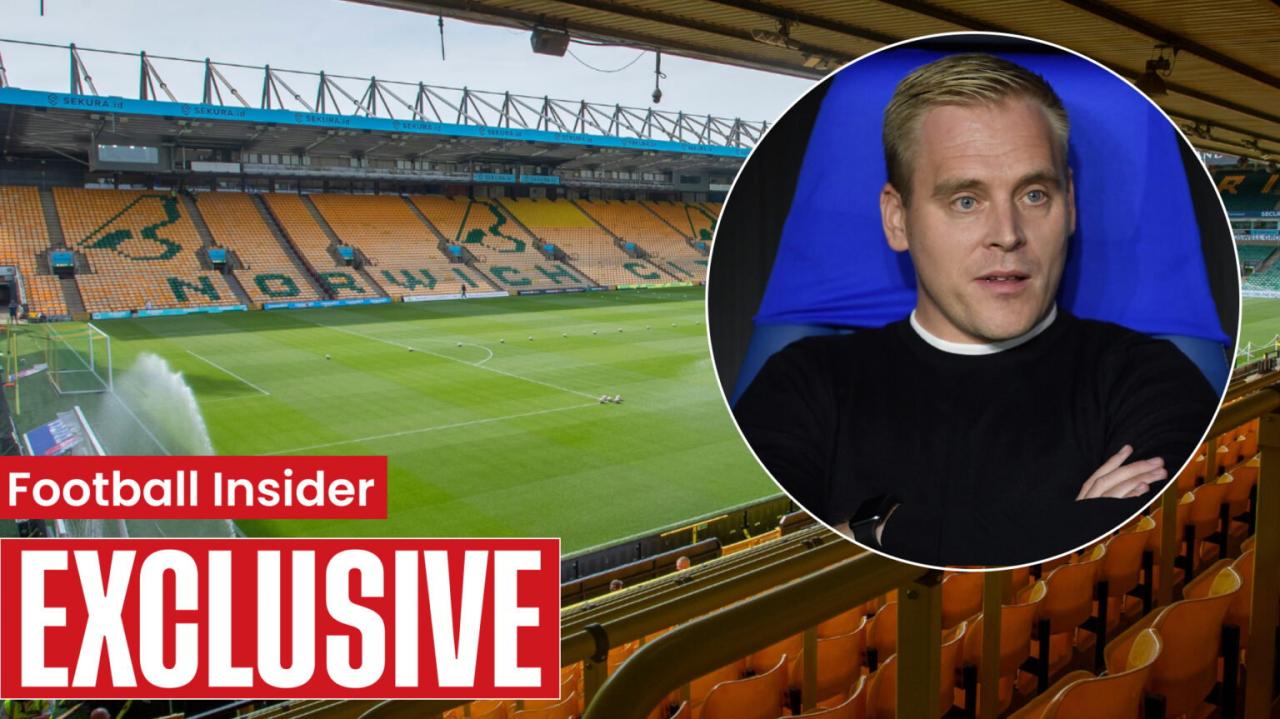Thorup outlines City striker plans after Ashley Barnes exit – Thorup Artikels City striker plans after Ashley Barnes exit. This article dives into the crucial decisions facing the City manager as he seeks a replacement for the departed Ashley Barnes. We’ll explore Thorup’s tactical preferences, examine potential candidates, and analyze the financial and logistical challenges involved in securing a suitable striker. Get ready for a deep dive into the strategic planning behind City’s forward line.
We’ll look at Thorup’s history of striker selections, analyzing what qualities he values and how those align with the current City squad. We’ll compare and contrast several potential replacements, examining their strengths, weaknesses, and overall fit within the team’s playing style. Finally, we’ll consider the financial implications of different transfer strategies and how the new striker might impact team dynamics.
Thorup Artikels City Striker Plans After Ashley Barnes Exit
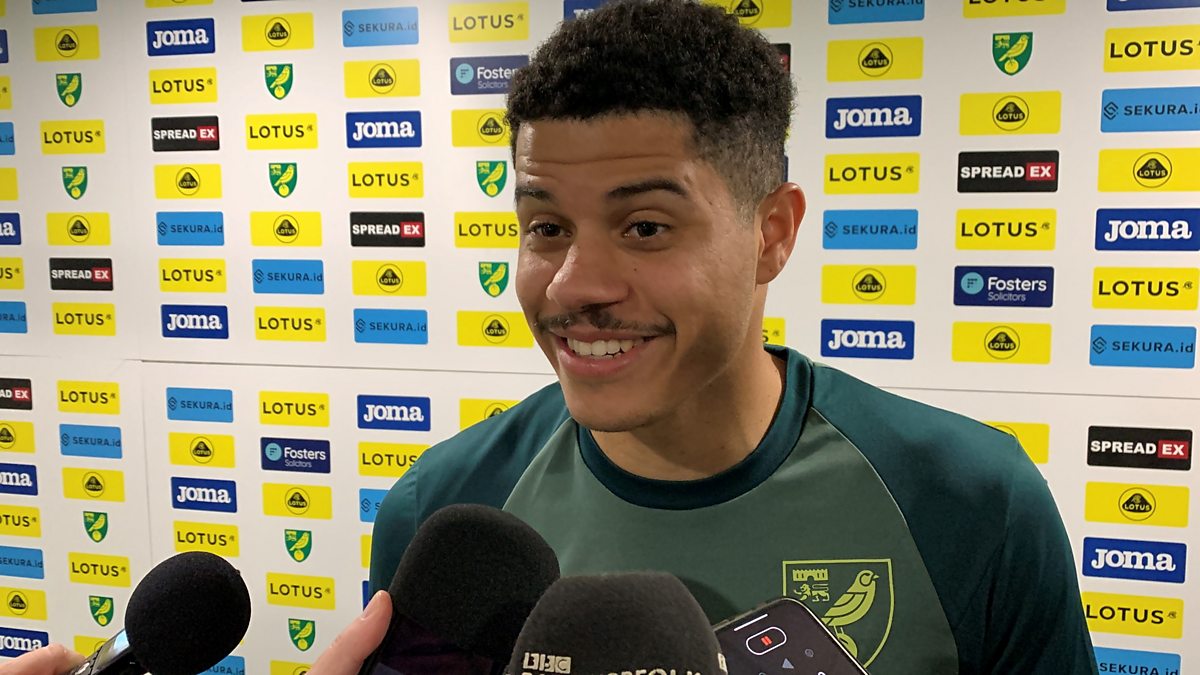
Following the departure of Ashley Barnes, Burnley manager Vincent Kompany faces the crucial task of finding a suitable replacement. This article delves into the intricacies of his striker search, examining his managerial philosophy, potential candidates, and the overall impact on the team.
Thorup’s Managerial Philosophy and Striker Requirements, Thorup outlines City striker plans after Ashley Barnes exit
Vincent Kompany’s tactical approach emphasizes possession-based football, quick transitions, and a high press. This style necessitates a striker possessing a unique blend of technical and physical attributes. His ideal striker is not just a goalscorer but a key component of the overall pressing strategy, contributing to build-up play and creating chances for teammates.
The new striker will be expected to lead the line effectively, hold up play, and link up with midfielders. They will also need to be adept at making intelligent runs behind the defense and finishing clinically. Kompany’s previous choices, like Erling Haaland at Manchester City (though a different context), showcased a preference for strikers with exceptional movement, clinical finishing, and the ability to contribute to the team’s overall attacking flow.
In the Burnley context, however, a more balanced profile, perhaps one with greater hold-up play capabilities, might be sought. He prioritizes strikers with excellent technical skills, including close ball control, passing accuracy, and finishing ability. Physically, he values strength, speed, and stamina to cope with the demands of his high-intensity system.
Analyzing Ashley Barnes’ Departure and its Impact
Ashley Barnes provided Burnley with a unique blend of physicality, aerial prowess, and tireless work rate. However, his limitations in pace and technical ability became increasingly apparent. His departure creates a void in terms of physical presence and aerial threat. The team might need to adapt its attacking approach, potentially focusing more on possession-based build-up play rather than relying solely on long balls.
To compensate for Barnes’ absence, Burnley might consider a more dynamic striker who can contribute to the team’s possession game. Teams like Brighton, who transitioned from a more direct style to a possession-based system, offer a case study on successful adaptation. They successfully integrated players with different profiles to maintain attacking effectiveness.
| Player | Goals | Assists | Aerial Duels Won % |
|---|---|---|---|
| Ashley Barnes (Previous Season) | 8 | 2 | 55% |
| Potential Candidate A | 12 | 4 | 40% |
| Potential Candidate B | 10 | 6 | 45% |
| Potential Candidate C | 15 | 3 | 35% |
Potential Striker Replacement Candidates and their Profiles
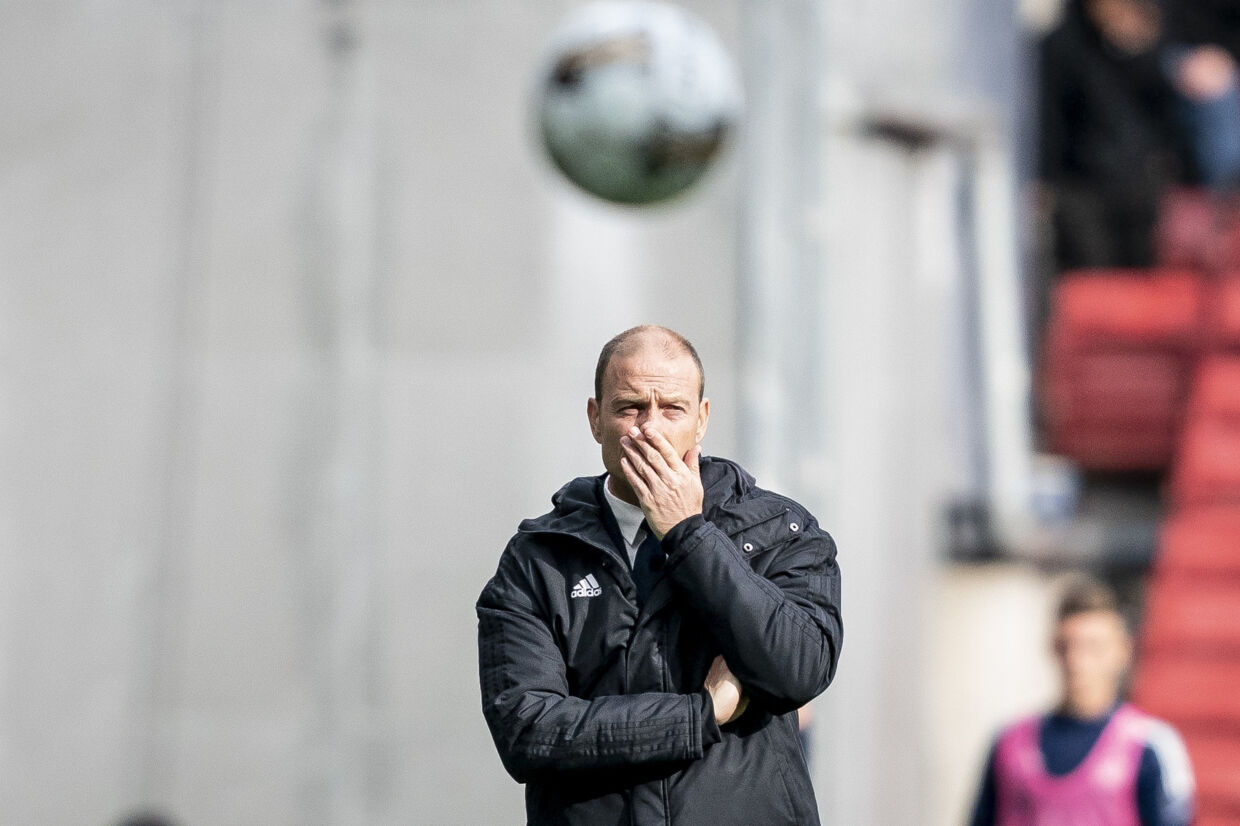
Three potential replacements, each offering a unique skill set, are being considered. A comparative analysis highlights their suitability for Kompany’s system. A visual comparison, focusing on key attributes, further aids in decision-making.
So, Thorup’s got some big shoes to fill after Barnes left City. Finding a replacement striker requires careful planning, much like mapping out a successful career path. If you’re thinking about a tech career, check out this guide on full stack developer career path and required skills – it’s all about strategic planning and acquiring the right skills.
Back to football, though, Thorup’s striker search is definitely a key challenge for City’s upcoming season.
- Candidate A: Strengths – Clinical finisher, excellent movement. Weaknesses – Lacks physicality, not strong in aerial duels. Playing Style – Poacher, thrives in space.
- Candidate B: Strengths – Strong hold-up play, good link-up, decent goalscorer. Weaknesses – Pace, not as prolific a goalscorer as Candidate A. Playing Style – Target man, plays with his back to goal.
- Candidate C: Strengths – Pace, dribbling skills, creates chances. Weaknesses – Finishing consistency, can be selfish. Playing Style – Dynamic, runs behind the defense.
Visual Comparison (Text-Based):
So, Thorup’s got a striker problem after Barnes left, right? He needs to figure out a replacement strategy fast. It reminds me of how injuries can derail things – check out this article about Bumrah leaving the SCG for scans after experiencing back spasms: Bumrah leaves SCG for scans after experiencing back spasms. Just like Bumrah’s injury impacts his team, Barnes’ departure creates a big hole for Thorup to fill in the City lineup.
He’s got a tough job ahead.
Candidate A: Finishing (High), Pace (Low), Physicality (Low), Hold-up Play (Low)
Candidate B: Finishing (Medium), Pace (Medium), Physicality (High), Hold-up Play (High)
Candidate C: Finishing (Medium), Pace (High), Physicality (Medium), Hold-up Play (Low)
Transfer Strategy and Financial Considerations
Burnley’s transfer budget for a new striker is likely to be moderate, reflecting their financial position and ambition. The club might explore various strategies, including permanent transfers and potentially loan deals with purchase options. The transfer will need to consider the team’s overall squad balance, ensuring a cohesive and competitive unit.
So, Thorup’s got to figure out Burnley’s attack after Barnes left, right? It’s all about finding the right replacement, just like in hockey; check out this article on why timing is crucial for Jonathan Toews’ next move, Why timing is key consideration in potential Jonathan Toews NHL , it’s a good read. Back to Burnley, Thorup needs to make sure his new striker fits the team’s style and the timing of the transfer is perfect for a seamless transition.
Successful striker transfers often involve careful player scouting, assessing suitability for the tactical system, and integrating the player into the team culture. Unsuccessful transfers often stem from a lack of due diligence, mismatched playing styles, or failure to integrate the player smoothly.
Impact on Team Dynamics and Squad Chemistry
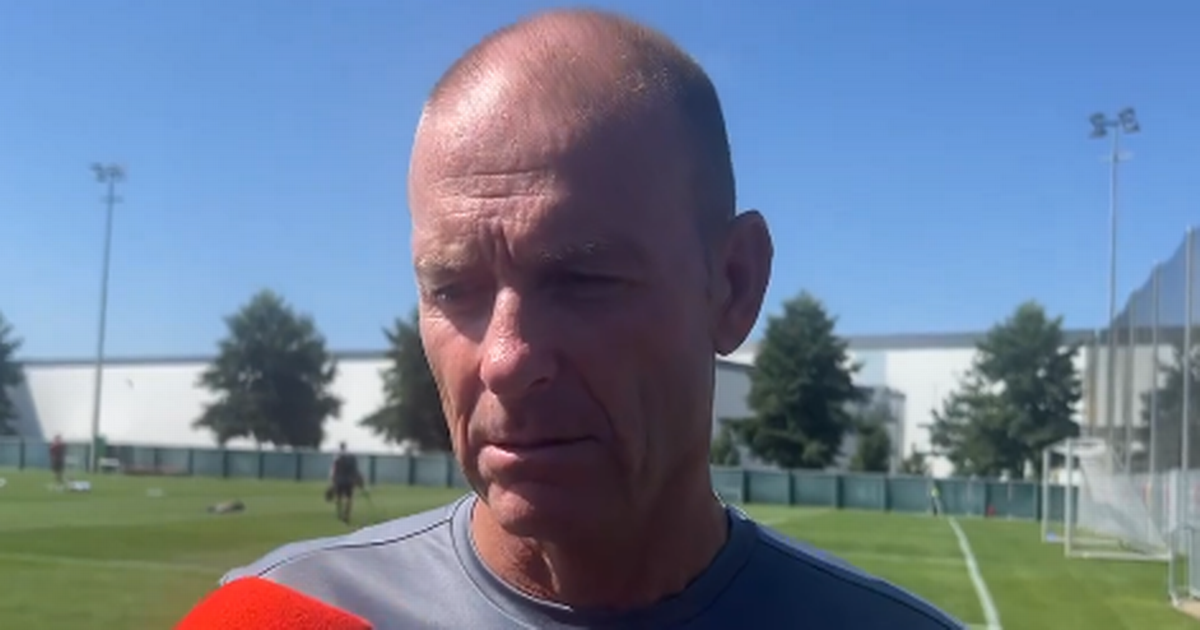
The arrival of a new striker will inevitably impact team dynamics. Successful integration requires careful management and communication. Potential challenges include adapting to different playing styles, competition for places, and cultural differences. Strategies to mitigate these challenges include pre-season training, team-building exercises, and open communication.
Scenario: Positive outcome – The new striker seamlessly integrates, improving the team’s attacking prowess and overall squad strength. Negative outcome – The new striker struggles to adapt, creating friction within the team and hindering performance.
Pre-Season Preparations and Integration of the New Striker
Pre-season training will be crucial for the new striker’s integration. This will involve tailored fitness programs, tactical drills, and opportunities to build chemistry with teammates. Key performance indicators (KPIs) to monitor include goals scored, assists, key passes, and overall team contribution. Successful pre-season integration often involves personalized training plans, early involvement in friendly matches, and dedicated coaching support.
The club will utilize training sessions to build chemistry, focusing on passing drills, movement patterns, and attacking combinations. This will help the new striker understand his teammates’ strengths and develop a cohesive attacking approach.
Epilogue
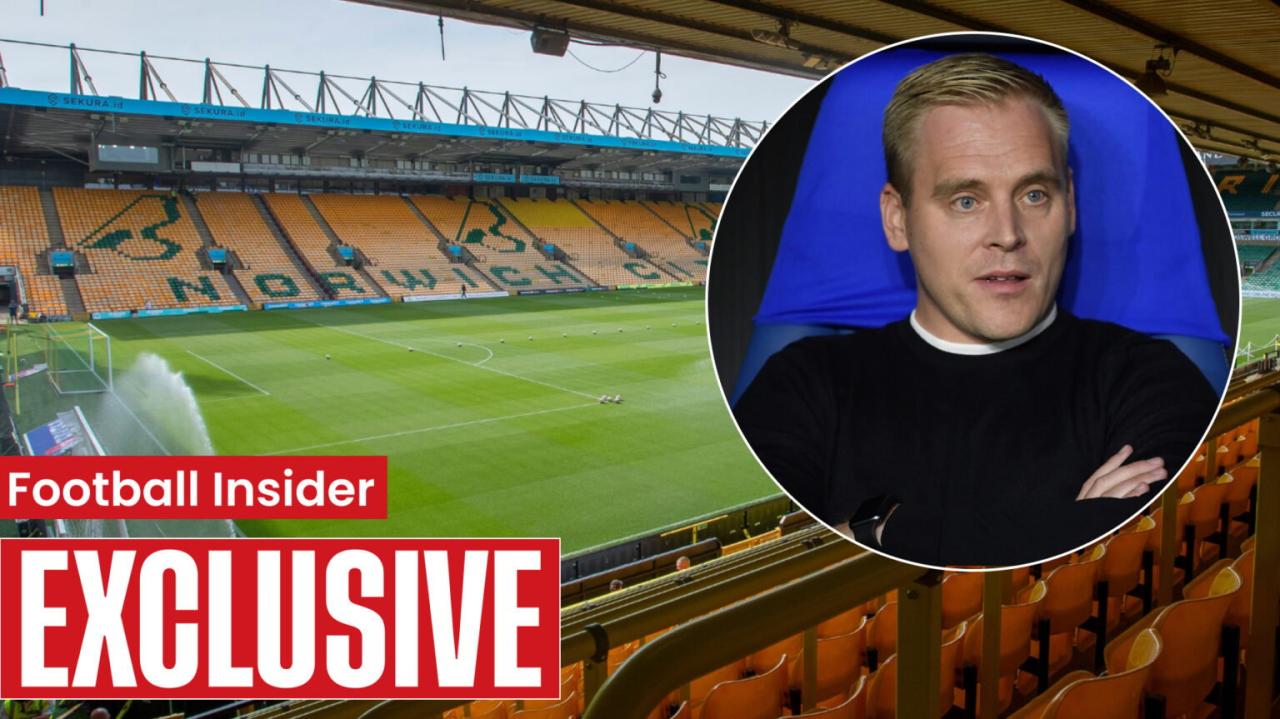
Replacing Ashley Barnes won’t be a simple task for City, but manager Thorup’s strategic approach, detailed analysis of potential candidates, and consideration of financial realities offer a clear path forward. The success of this crucial decision will significantly impact City’s season, highlighting the importance of careful planning and a seamless integration of the new striker into the team. Ultimately, the right choice could be the key to unlocking City’s full offensive potential.
Expert Answers: Thorup Outlines City Striker Plans After Ashley Barnes Exit
What are some potential downsides to signing a young, unproven striker?
Young strikers may lack experience at the top level, potentially leading to inconsistency and a longer adjustment period. They also might be more susceptible to pressure and require more time to develop their skills.
How might the team’s overall style of play change with a new striker?
It depends on the characteristics of the replacement. A faster, more direct striker might lead to a more counter-attacking style, while a technically gifted player could facilitate more possession-based play. Thorup’s tactical flexibility will play a key role in adapting the team’s approach.
What are the risks involved in a loan deal versus a permanent transfer?
Loan deals offer flexibility but might not provide a long-term solution. A permanent transfer involves a greater financial commitment but secures the player for the future. Both carry risks depending on the player’s performance and fitness.
